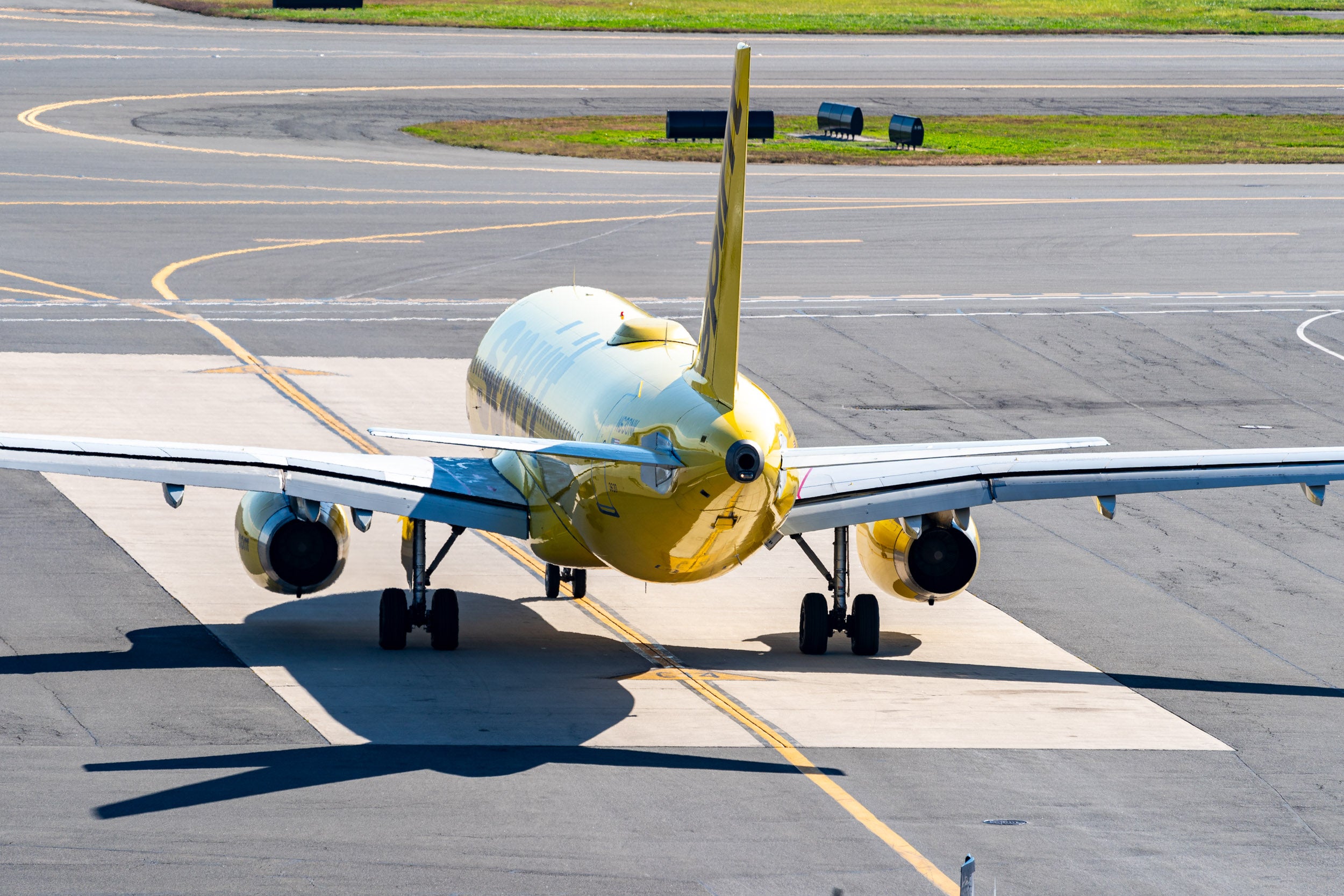Emerging from the challenges of past years, Spirit Airlines has bravely navigated its way out of bankruptcy. This bold step marks a new dawn for the airline, setting a course for future adventures. The journey through financial turmoil was arduous, yet Spirit remains focused on their mission.
Five months ago, the low-cost carrier filed for Chapter 11 in hopes of securing a brighter future. Despite the turbulence, Spirit continues to offer affordable travel while embarking on a corporate transformation. This restructuring is not just about finances; it’s a voyage toward redefining travel experiences.
The Road to Financial Recovery
Spirit Airlines filed for Chapter 11 in November 2024. It was a strategic move aimed to stabilize and prepare for a better tomorrow. With a significant debt burden, Spirit needed a fresh start. Restructuring began as the airline fought to regain stability after the pandemic.
Converting $795 million of debt into equity was key. This decision lightened the airline’s financial load significantly. Alongside this, existing investors contributed $350 million, providing much-needed capital. The approved plan offers a solid foundation for hopeful recovery.
Continuing Operations Amidst Change
Even during bankruptcy, Spirit kept flying. The travelers continued to enjoy their low-fare journeys. Behind the scenes, corporate restructuring was in full swing, unseen by the everyday passenger.
This silent transformation was vital. Spirit remained committed to serving customers even as it reshaped itself. Airline operations went on uninterrupted, showcasing resilience amidst adversity.
Seeking Competitive Advantages
The airline world is competitive.
Spirit had to rethink its strategies and offerings, shifting its focus to premium options. This adaptation was crucial after the pandemic altered travel economics.
Spirit’s previous advantage faced new threats. Traditional airlines adopted competitive low-cost strategies.
Despite challenges, Spirit pursued innovative changes. The introduction of premium seats is one of many strategies aimed at regaining its edge.
Spirit’s journey hasn’t been easy. The airline has had to tackle engine recalls and environmental shifts. All while sustaining operations.
Overcoming Acquisition Hurdles
Spirit’s potential acquisition by JetBlue was blocked in 2024.
Spirit had to evaluate its paths forward. Frontier Airlines proposed a takeover offer. This moment of decision was crucial for Spirit’s future.
Spirit declined Frontier’s acquisition proposal. It chose to focus on internal growth and restructuring.
Navigating Market Shifts
Spirit faced a changing market environment.
Traditional airlines increased premium revenue, challenging Spirit’s position. Adaptation became necessary.
Shrinking its operational footprint was a strategy Spirit adopted.
By changing fare structures and introducing premium options, Spirit tried to keep pace with industry shifts.
Spirit’s restructuring shows a bold move to embrace change. It’s a testament to adapting for survival, and eventual success.
This restructuring journey represents a strategic pivot to align with current market trends.
The Path to Future Success
Reorganization wasn’t just about survival.
It was about building a pathway for future success. The airline’s management is optimistic.
Ted Christie, CEO, emphasized forward-thinking strategies.
Spirit aims to redefine low-fare travel.
The airline is not just recovering. It’s committed to enhancing travel experiences for its passengers.
Restructuring the Passenger Experience
Passengers can now expect enhanced travel options.
Spirit’s restructuring includes new seating classes and services.
The goal is to deliver high-value travel experiences.
Investment in better travel options is essential for Spirit’s future.
Spirit is positioning itself as an innovative low-cost travel provider.
These changes highlight Spirit’s commitment to customer satisfaction.
Financial Stability and Innovation
Further financial innovation was crucial to Spirit’s plan.
Transforming financial obligations allowed Spirit to focus on core operations.
This financial creativity supported stability and growth.
Converting debt to equity provided a much-needed boost.
Aligning financial strategies with operational goals strengthens Spirit’s future outlook.
The boost from investors not only aided stability but also fueled hopes for sustained success.
Strategic financial management is vital for Spirit’s long-term vision.
Spirit’s financial journey is a testament to innovative problem-solving.
A Future Filled with Possibilities
Spirit Airlines emerges as a resilient fighter.
New financial structures root the airline in security.
Improved financial margins support long-term innovation.
Spirit is ready to soar through the skies of tomorrow.
Continuing to evolve with emerging trends is key.
The future holds opportunities. Spirit’s adaptability will potentially lead to groundbreaking achievements.
Emerging with a fresh perspective, Spirit stands strong against future challenges.
Resilience in Transformation
Spirit’s journey of transformation is inspiring.
The airline remains a benchmark for resilience.
Strategic changes allow Spirit to focus on future growth.
It’s not just survival, but thriving in a new reality.
Spirit Airlines has set its trajectory for a promising future. The path laid by this challenging journey is paved with hope and ambition. With determination, Spirit is poised to achieve new heights in the airline industry.





